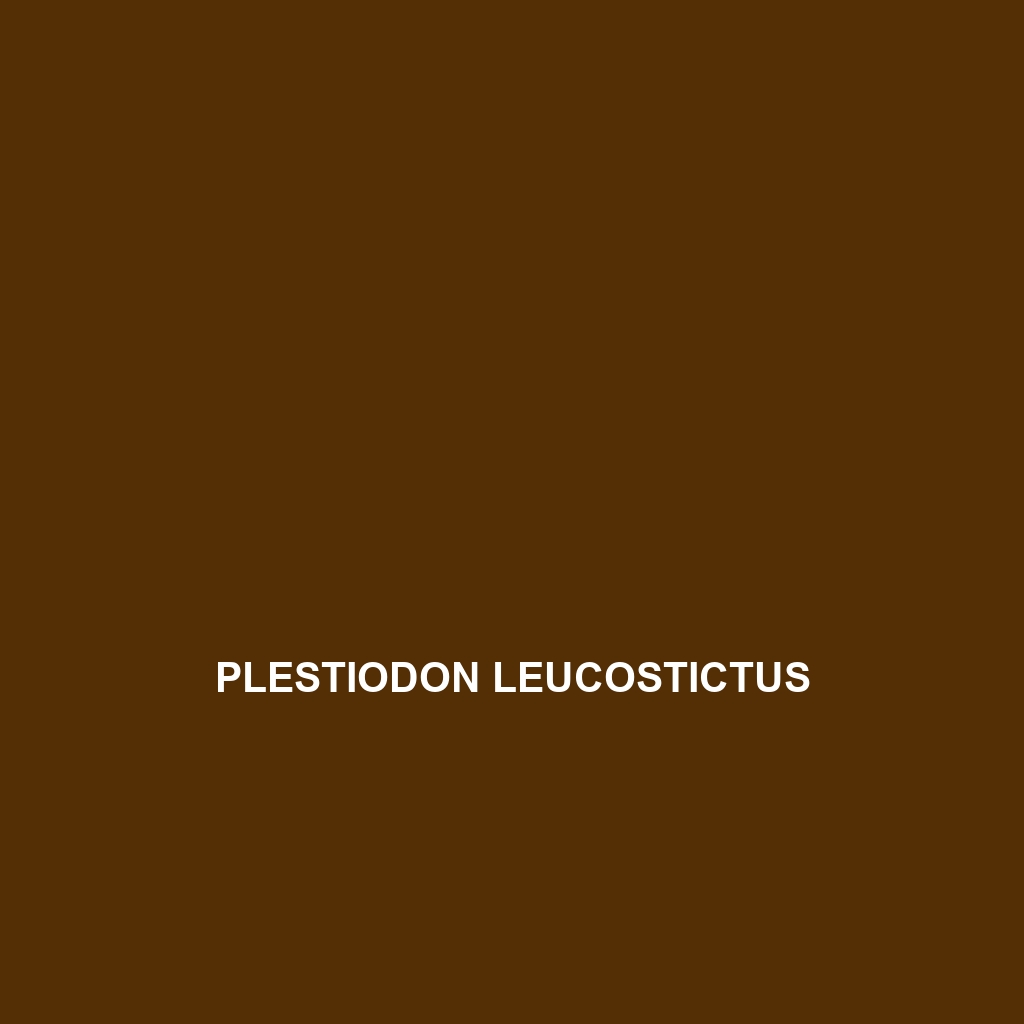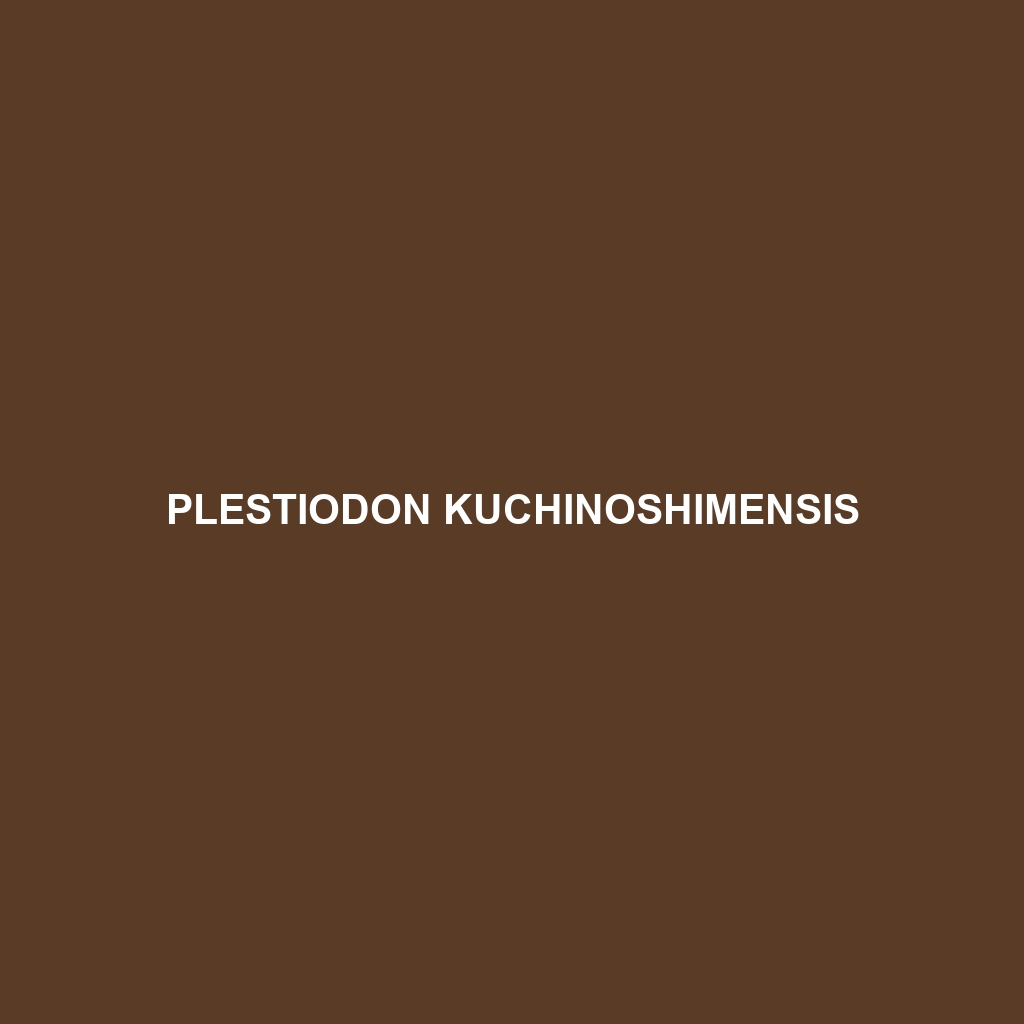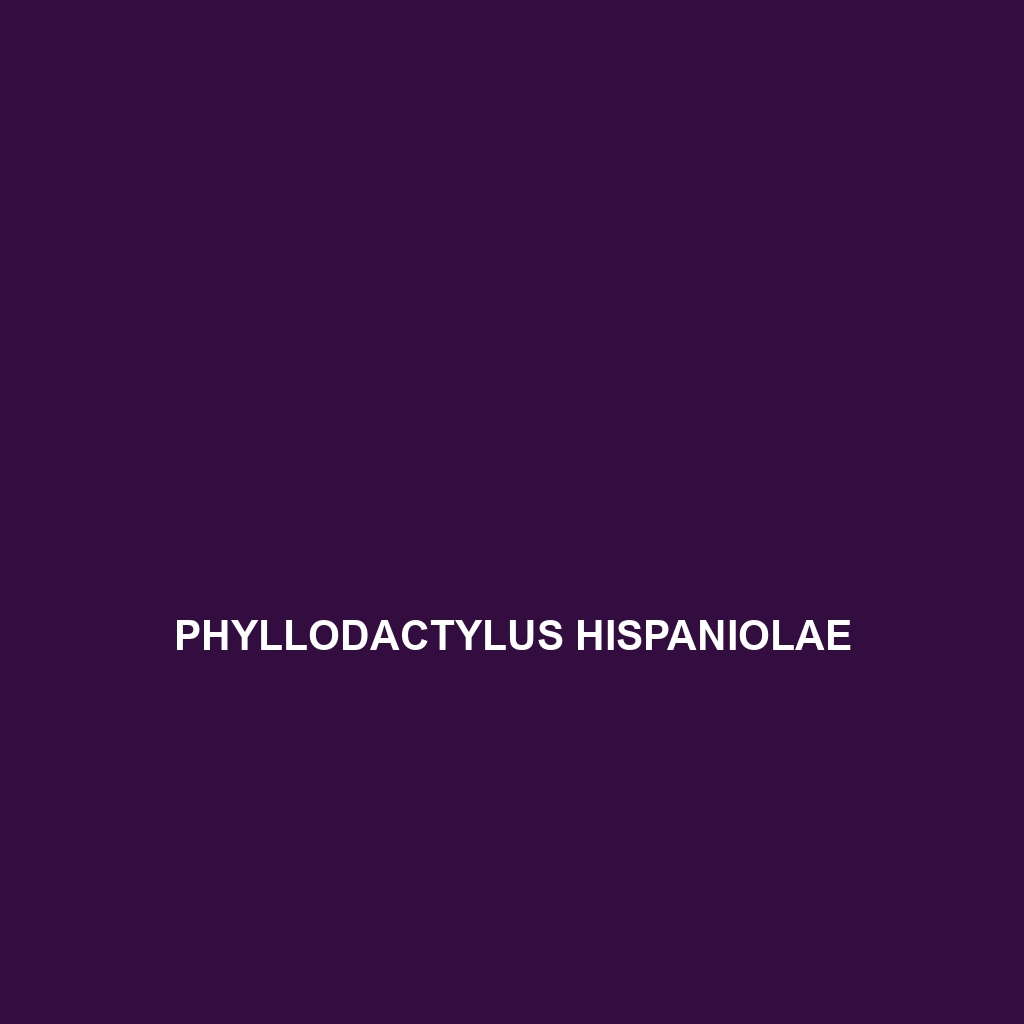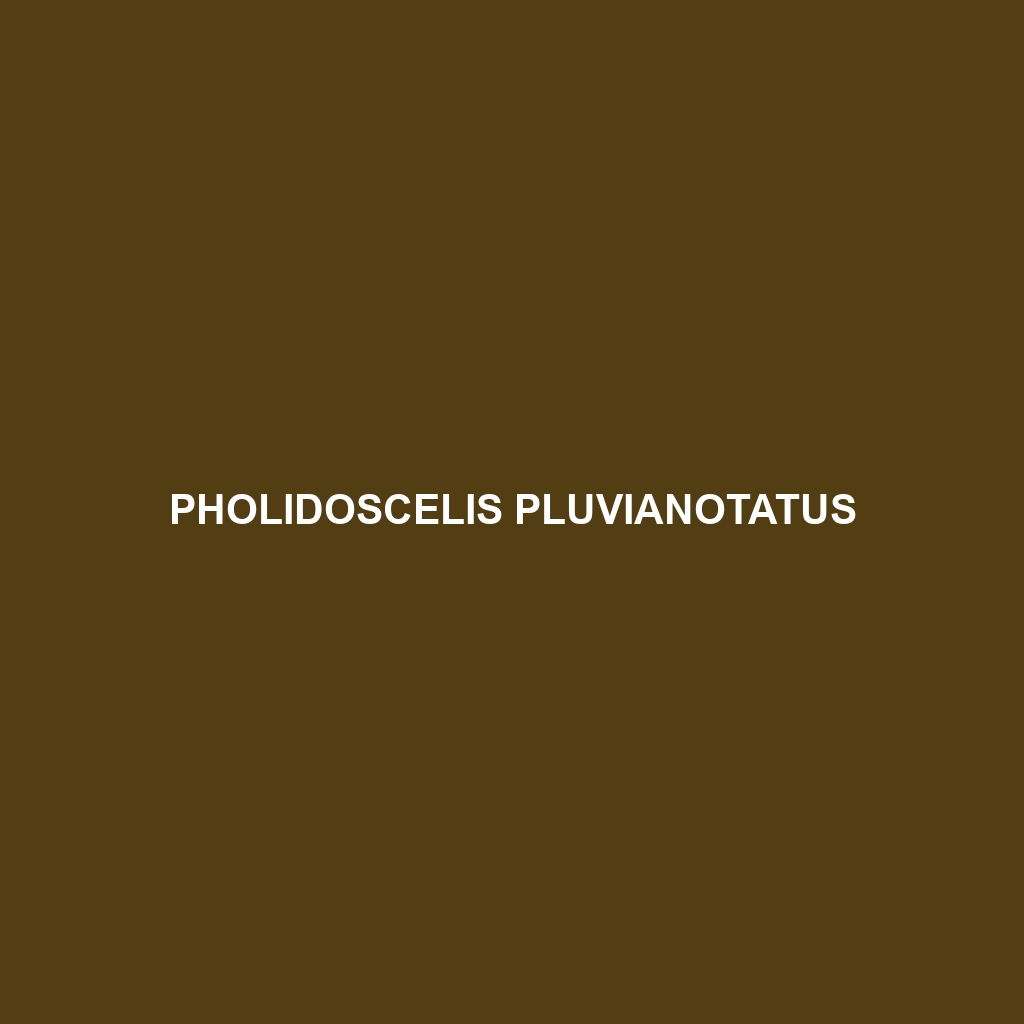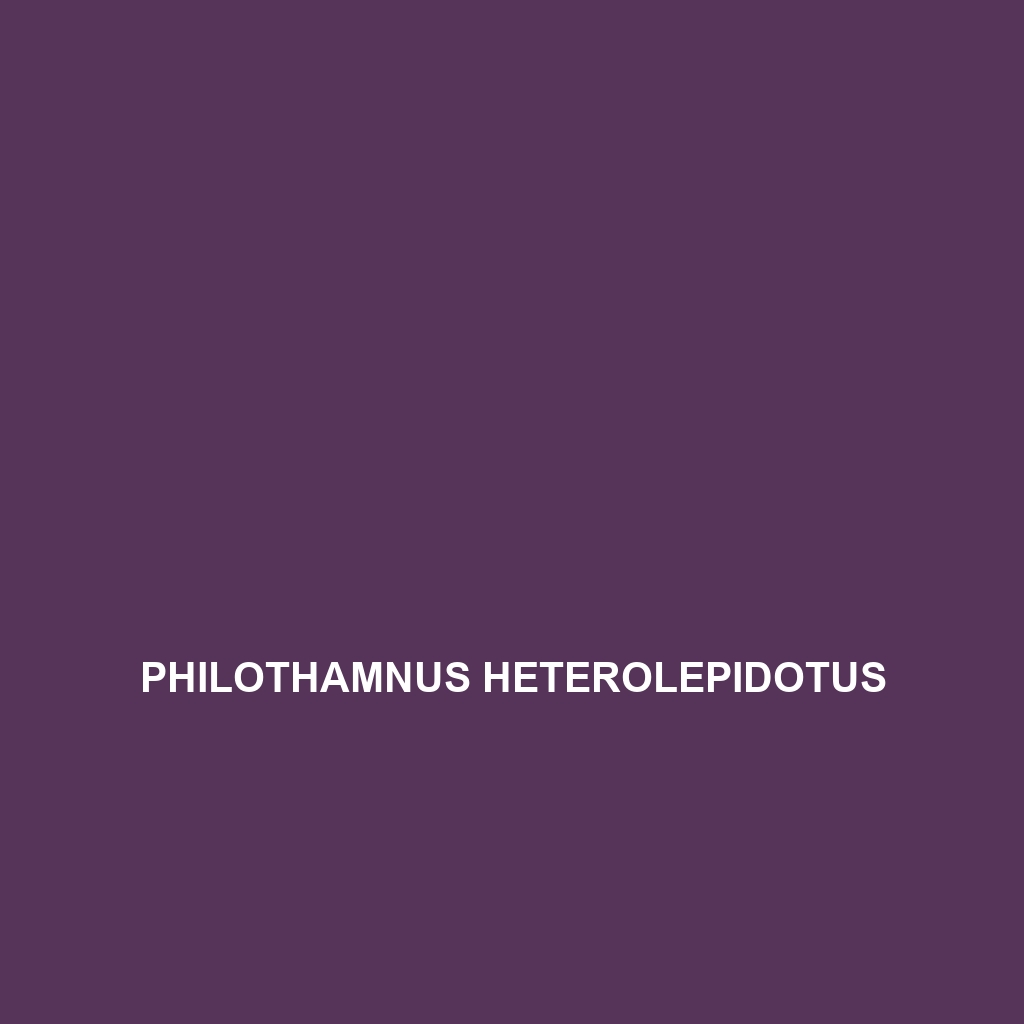<p><b>Prasinohaema virens</b>, commonly known as the green skink, is a vibrant lizard native to the rainforests of New Guinea, characterized by its striking green coloration and arboreal lifestyle. This insectivorous species plays a crucial role in its ecosystem by controlling insect populations and serving as prey for larger predators.</p>
Tag: reptile identification
Plestiodon leucostictus
<b>Plestiodon leucostictus</b>, also known as the Southeastern Blue Skink, is a vibrant lizard measuring 7 to 10 inches, characterized by its striking blue coloration and distinctive white or yellowish spots. This adaptable insectivore thrives in diverse habitats across the southeastern United States, playing a crucial role in controlling insect populations while showcasing unique behaviors such as tail regeneration.
Plestiodon kuchinoshimensis
Discover the Kuchinoshima skink (Plestiodon kuchinoshimensis), a striking reptile from the subtropical forests of Kuchinoshima Island, Japan. With its vibrant dark brown or black body adorned with blue stripes, this insectivorous skink thrives in humid conditions, plays a critical role in its ecosystem, and exhibits fascinating behaviors, including tail regeneration and various vocalizations.
Plestiodon colimensis
<b>Plestiodon colimensis</b>, known as the Colima skink, is a vibrant, streamlined lizard native to the tropical regions of central Mexico, characterized by its smooth scales and striking coloration. Primarily insectivorous, this diurnal species plays a crucial role in its ecosystem by controlling insect populations and contributing to soil health through burrowing.
Platyceps thomasi
Discover the Platyceps thomasi, or Thomas's Rat Snake, a striking serpent native to the scrublands and savannas of eastern and southern Africa. This arboreal and predominantly nocturnal species, reaching lengths of 1.5 to 2 meters, features a slender body with a distinctive dorsal pattern of brown or gray scales, making it an adept hunter of small mammals and birds while playing a crucial role in its ecosystem.
Phyllodactylus julieni
<p>The <b>Phyllodactylus julieni</b>, or Julien's gecko, is a slender, nocturnal gecko native to tropical rainforests in the Caribbean, known for its distinctive earthy-toned skin and large toe pads that aid in climbing. This insectivorous species plays a crucial role in its ecosystem by controlling pest populations and serving as prey for larger animals.</p>
Phyllodactylus hispaniolae
The Hispaniolan Leaf-toed Gecko (Phyllodactylus hispaniolae) is a nocturnal insectivore found in the biodiverse regions of Hispaniola, notable for its slender body, leaf-shaped toes for climbing, and a diet primarily consisting of insects. With an adaptable nature and a crucial role in regulating insect populations, it thrives in various habitats, from tropical rainforests to savannas.
Phrynosoma modestum
Discover the modest horned lizard (<b>Phrynosoma modestum</b>), a compact, insectivorous reptile native to the arid regions of North America, known for its distinctive horn-like projections and remarkable camouflage. Thriving in warm climates, this diurnal lizard plays a vital role in controlling insect populations and maintaining ecological balance.
Pholidoscelis pluvianotatus
<p><b>Pholidoscelis pluvianotatus</b>, also known as the Antiguan Racer, is a vulnerable lizard found primarily in the scrub forests and rocky terrains of Antigua. This agile insectivore boasts a striking coloration and plays a vital role in maintaining ecological balance by regulating insect populations in its tropical habitat.</p>
Philothamnus heterolepidotus
Discover the Philothamnus heterolepidotus, commonly known as the African Green Snake, a stunning serpent native to sub-Saharan Africa, renowned for its vibrant green coloration and exceptional climbing skills. This diurnal predator thrives in diverse habitats, preying on small mammals, birds, and reptiles, while playing a crucial role in maintaining ecological balance.

